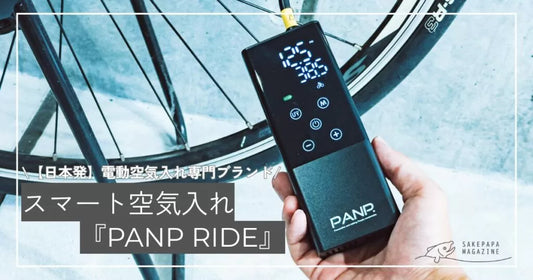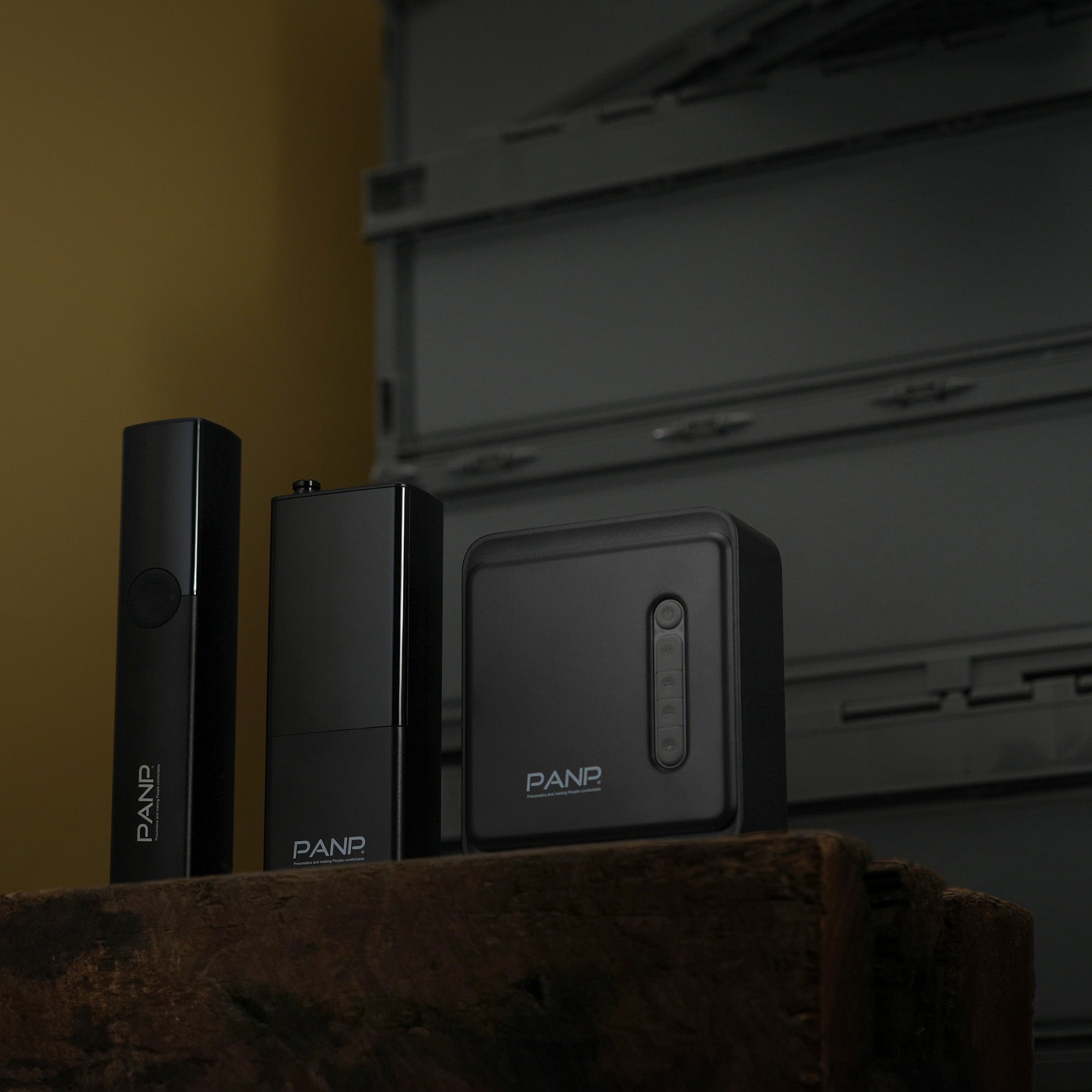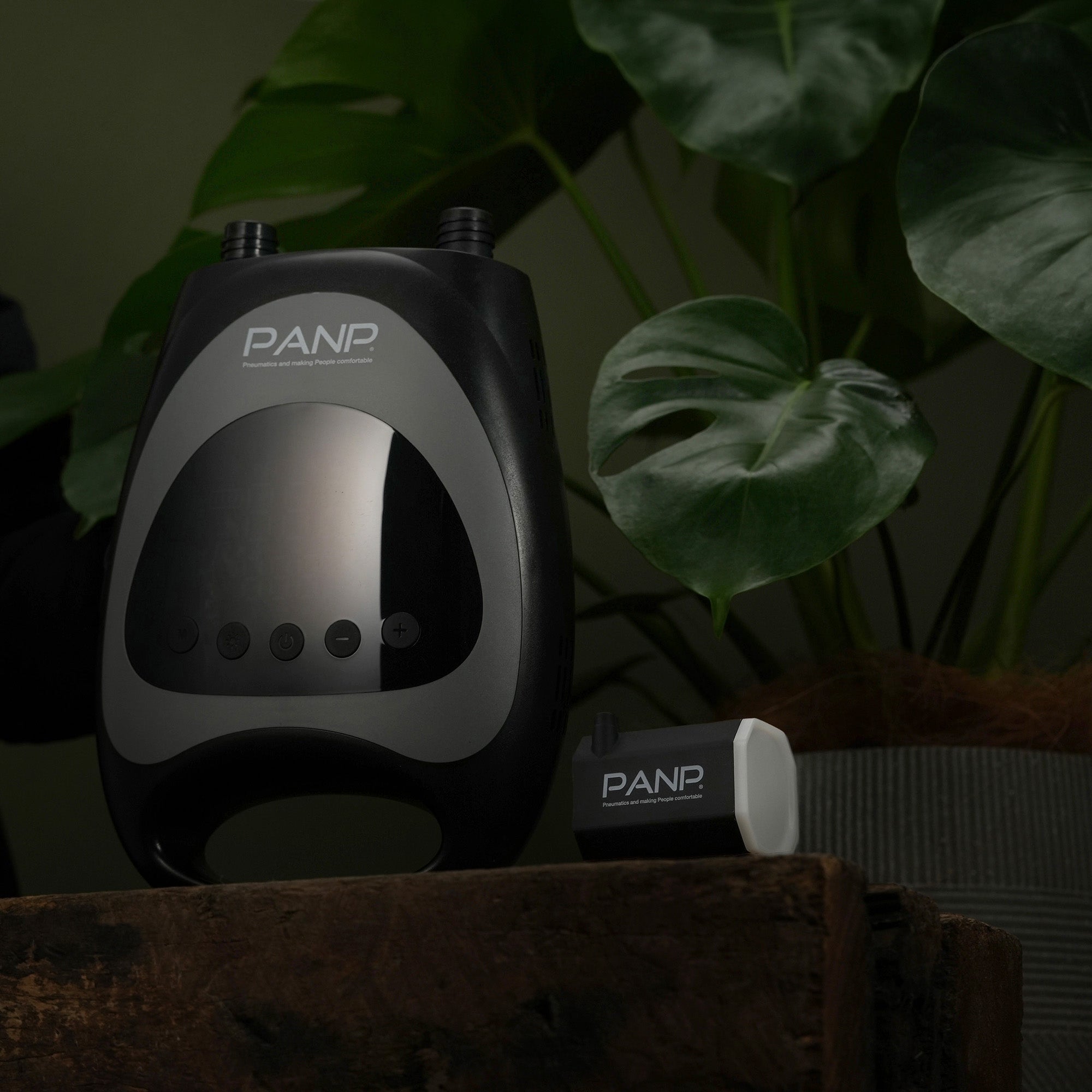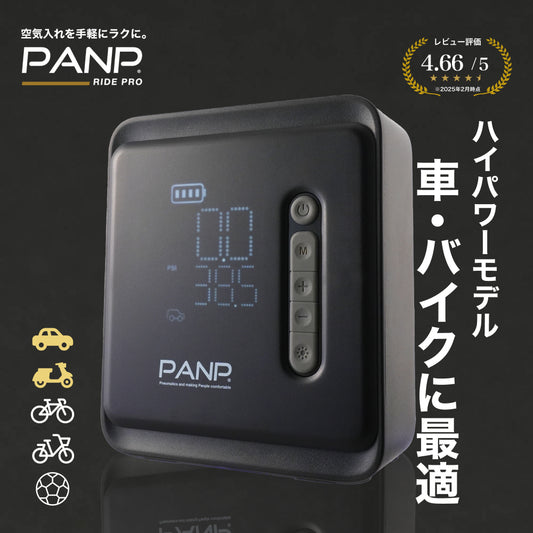Tire pressure and accident risk
Tire pressure plays a vital role in safe driving. Maintaining proper tire pressure not only reduces the risk of accidents and improves fuel economy, but also optimizes overall vehicle performance. This article details highway accidents, the risks of low tire pressure, its impact on fuel economy, and the importance of tire pressure management.
Trouble on the highway
According to data from the Japan Automobile Federation (JAF), the leading cause of dispatches is tire-related problems (punctures, bursts, and low tire pressure). 3 This indicates that improper tire pressure management is one of the major causes of accidents and other problems on expressways. Because expressways are driven at high speeds, tire condition is crucial. Insufficient tire pressure can hinder tire performance and increase the likelihood of sudden problems. Accidents are particularly likely to be large-scale on expressways, affecting other vehicles, so tire pressure management is essential. It's also important to check tire pressure before setting off; neglecting this simple measure poses significant risks. For more information, please visit the official JAF website .
The reality of insufficient tire pressure
According to a survey by the Japan Automobile Tire Manufacturers Association, approximately half of passenger cars (60 out of 121 vehicles) had poorly maintained tires, with the majority of these being underinflated.2 This suggests that many drivers are unaware of the importance of tire pressure or neglect to check it. Furthermore, another survey reported that one in four vehicles is underinflated.3 These data indicate that many vehicles are currently operating at a potential risk of accidents. Improper tire pressure management not only shortens tire life, but also negatively impacts fuel economy and safety. Low tire pressure also increases the tire's contact patch, resulting in accelerated tire wear, making regular inspections essential. Detailed survey results can be found on the Japan Automobile Tire Manufacturers Association website .
The dangers of under-inflation
Risk of bursting
Driving with low tire pressure can cause excessive flexing of the tire's sidewalls and an increase in internal temperature. This increases the risk of damage to the tire's internal structure, and in the worst case scenario, can lead to a burst and serious accident. 2 In particular, during hot summer months, road temperatures rise, further increasing the risk of a burst with low tire pressure. A burst can lead to loss of vehicle control and increased risk of collision with other vehicles or obstacles, posing a serious risk to the lives of the driver and passengers. Tire bursts are preventable, so regular tire pressure checks are important. For more information, please refer to our tire safety guidelines .
Decreased handling stability
Low tire pressure can cause the following problems and increase the risk of an accident:1
-
This can cause the tire bead to come off the wheel more easily, which can lead to the tire coming off and making the vehicle unable to drive.
-
Hydroplaning is more likely to occur. On roads with lots of puddles, underinflated tires can prevent the vehicle from expelling water properly, causing the vehicle to slide on the water and making it difficult to brake or steer.
-
Uneven wear on both shoulders reduces tire performance. Uneven wear on the shoulders of a tire reduces grip, causing a loss of stability, especially on curves. Driving on sharp curves or slippery roads in this condition increases the risk of losing control of the vehicle and causing an accident.
Deterioration of ride comfort and strain on the entire vehicle
Underinflated tires allow for increased tire flex and are unable to absorb road imperfections. This not only increases vibrations felt inside the vehicle and makes for a more uncomfortable ride, but also puts additional strain on the suspension and other vehicle components, which can increase overall vehicle maintenance costs. Maintaining proper tire pressure can extend the overall life of your vehicle and reduce unnecessary repair costs.
Decreased fuel efficiency and economic losses
Driving with tires 50 kPa (approximately 0.5 atmospheres) lower than the recommended pressure can increase fuel consumption and cost 4 to 7 yen more per liter of gasoline. 2 While this does not directly pose an accident risk, it does represent an economic loss. Low tire pressure increases tire rolling resistance, putting more strain on the engine and resulting in poor fuel economy. The cost of poor fuel economy throughout the year is significant and represents a significant financial burden for drivers who drive long distances. Furthermore, the increased fuel consumption caused by low tire pressure inevitably has a negative impact on the environment. It increases carbon dioxide emissions and ultimately contributes to global warming. Maintaining the correct tire pressure not only saves on fuel costs, but also contributes to environmental protection. Detailed guidelines regarding fuel economy and economy are available on the Japan Automobile Tire Manufacturers Association website .
The importance of tire pressure management
Managing tire pressure is extremely important; it is said that "90% of tire performance depends on air pressure."1 Proper tire pressure optimizes the tire's contact patch, improving vehicle handling stability and braking performance. In particular, regular inspections, about once a month, and proper tire pressure management are key to significantly reducing the risk of accidents. Checking tire pressure is a simple task that requires very little time or effort, but its effectiveness is enormous. In addition, gas stations and other facilities now have equipment that allows for easy measurement and adjustment of tire pressure, so drivers are encouraged to actively make use of these facilities.
Properly managing tire pressure is essential not only to reduce the risk of accidents, but also to reduce financial burdens and maintain the overall performance of your vehicle. By regularly checking and adjusting tire pressure, you can enjoy a safe and comfortable drive.
Media Coverage
View all-

"Sakepapa Magazine" has given us a thorough rev...
Sakepapa Magazine reviewed the PANP RIDE, highlighting key features such as one-touch automatic shut-off, built-in hose, and USB Type-C.
"Sakepapa Magazine" has given us a thorough rev...
Sakepapa Magazine reviewed the PANP RIDE, highlighting key features such as one-touch automatic shut-off, built-in hose, and USB Type-C.
-

RIDE was introduced by "Light Camper Life for S...
The popular camper and car camping blog "Light Camper Life for Seniors" introduced the RIDE. The official blog will provide an easy-to-understand, casual explanation of the key points of the...
RIDE was introduced by "Light Camper Life for S...
The popular camper and car camping blog "Light Camper Life for Seniors" introduced the RIDE. The official blog will provide an easy-to-understand, casual explanation of the key points of the...
-

It was featured on Gizmodo Japan, one of Japan'...
Our "Smart Air Pump" has been featured on Gizmodo Japan, one of Japan's largest technology information sites.
It was featured on Gizmodo Japan, one of Japan'...
Our "Smart Air Pump" has been featured on Gizmodo Japan, one of Japan's largest technology information sites.
Ranking
-
1
PANP RIDE PRO
送料無料Regular price $84.00Regular priceUnit price / per






